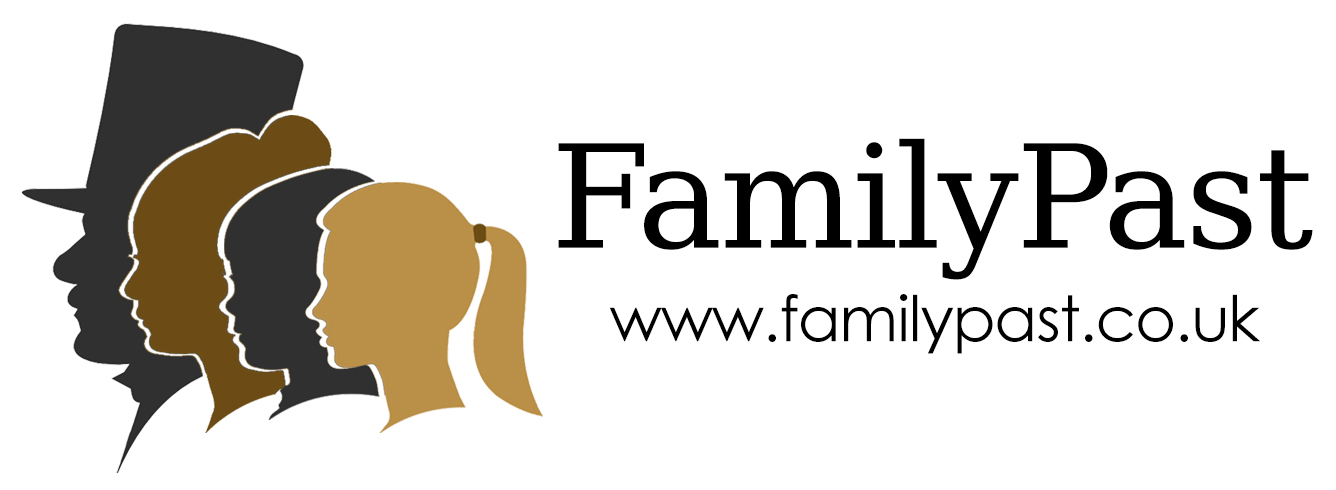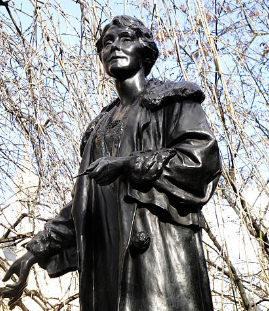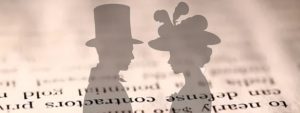Suffrage means having the right to vote in political elections. Today women have freedom and rights to vote which can be taken for granted. The mid 19th century woman had no rights and no independent means and was always seen as second class. A woman’s role was looking after the home, and being a mother to her children. It was around this time when women began to rebel against the way they were treated in society. Barbara Leigh Smith cousin to Florence Nightingale wrote several articles and a document (A Brief Summary, In Plain Language, Of The Most Important Laws of Women) in 1854 which was published nationwide. By publishing her views it led women to form women’s rights groups across the Uk . Several attempts for women to be able to vote failed around this time.
In 1897 Millicent Fawcett founded the National Union of Women’s Suffrage Societies (NUWSS). Her beliefs were in peaceful protest. She felt that any violence or trouble would persuade men that women could not be trusted to have the right to vote. Although her beliefs were strong her progress was slow.
By 1903 women became more and more angry then Emmeline Pankhurst founded the Women’s Social and Political Union with her two daughters Chrstabel and Sylvia. They had been waiting a long time for change and they were not prepared to wait for it. The Union was known as the Suffragettes who unlike the methods and views of Fawcett they were prepared to use violence in achieving what they wanted. It was only in 1905 that the organisation created a stir when Christabel Pankhurst and Annie Kenney interrupted a political meeting in Manchester to ask two Liberal politicians (Winston Churchill and Sir Edward Grey) if they believed women should have the right to vote. Neither man replied. As a result, the two women got out a banner which had on it “Votes for Women” and shouted at the two politicians to answer their questions. Such actions were all but unheard of then when public speakers were usually heard in silence and listened to courteously even if you did not agree with them. Both Pankhurst and Kenney were thrown out of the meeting and arrested for causing an obstruction and a technical assault to a police officer.
The Suffragettes refused to bow to any violence. They burned down churches as the Church of England was against what they wanted; they vandalized Oxford Street, apparently breaking all the windows in this famous street; they chained themselves to Buckingham Palace as the Royal Family were seen to be against women having the right to vote. Politicians were attacked as they went to work. Their homes were fire bombed. The Suffragettes were quite happy to go to prison. Where they refused to eat and went on a hunger strike. They were force fed in prison by prison officers to stop them dying and becoming martyrs. The most common method that was used to false feed was by inserting a tube through the nose which in some cases this torture caused the women to become ill with pneumonia and other horrific illnesses. The government then introduced the Cat and Mouse act which was that a Suffragette would go to prison and go on hunger strike and when they were getting too weak they would be released to their family and friends till they got stronger and the cycle then would go round again.
As time went on the Suffragettes became more extreme. The most famous act associated with the Suffragettes was at the June 1913 Derby when Emily Wilding Davison threw herself under the King’s horse, Anmer, as it rounded Tattenham Corner. She was killed and the Suffragettes had their first martyr.
By 1914 the first world war and the responsibilities for women meant that they could vote over the age of 18 and it was not till 1928 that women finally got their rights to vote equally as a man did when they turned 21.






